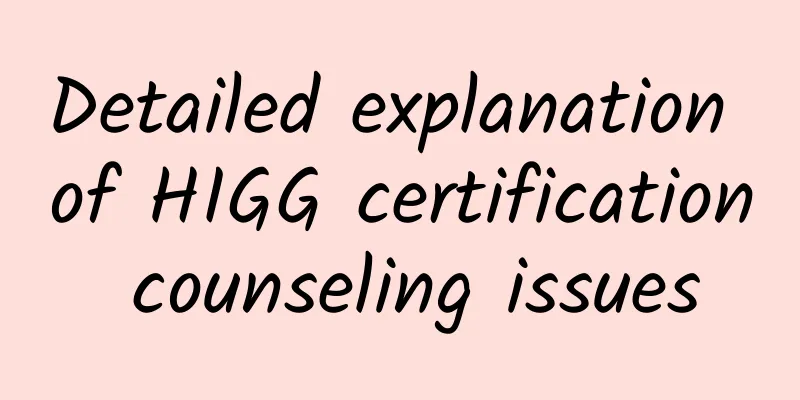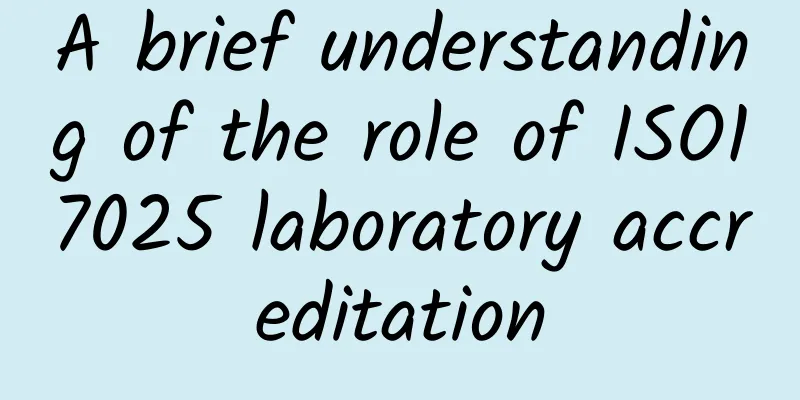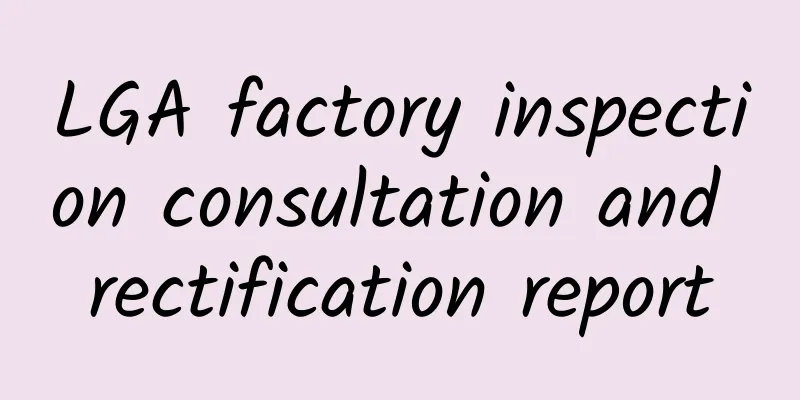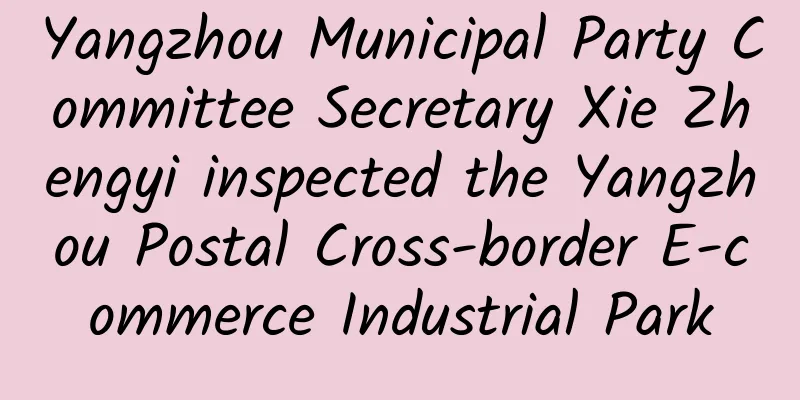Summary of Common Violations of Disney Production Regulations
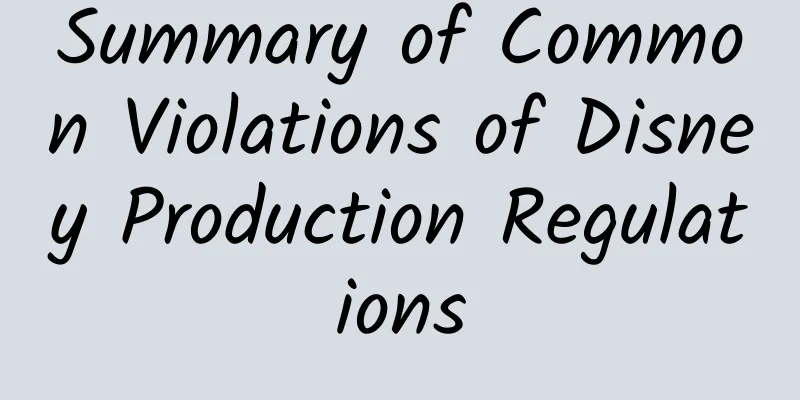
|
child labor Manufacturers may not use child labor. The term child refers to a person who is under the age of 18 (or under the age of 20 as determined by local law), or under the higher local minimum legal age for employment, or under the age for completing compulsory national education. Even if manufacturers employ young people who do not meet the above definitions of children, they must still comply with any relevant laws and regulations regarding such persons. If the worker is under 15 years old (or under the legal age of 14 in some countries) on the day of the audit, the violation is a child labor violation. For example: the audit date is June 16, 2005, and the worker was born on August 18, 1989. Historical child labor: If a worker is below the legal working age on the day he or she joins the factory, but has reached the legal working age on the day of the audit, the violation is historical child labor. For example, the audit date is June 16, 2005, the worker was born on March 3, 1989, and the date before he or she joined the factory was February 4, 2005.
For example: 1) Workers need approval from factory management to leave the factory after get off work; 2) The worker’s original passport or ID card is confiscated; 3) Overtime is mandatory and cannot be chosen.
Manufacturers will treat every employee with dignity and respect and shall not use corporal punishment, threats of violence, or other forms of physical, sexual, psychological or mental abuse. For example: 1) Employees are threatened by factory management and/or factory supervisors; 2) Employees are verbally abused or sexually harassed by their supervisors.
Manufacturers must not discriminate in hiring and employment practices, including with respect to wages, benefits, promotion, discipline, termination, or retirement, based on race, religion, age, nationality, social or ethnic group, sexual orientation, gender, political opinion, or disability.
Manufacturers will respect the rights of employees to associate, organize and bargain collectively in a legal and peaceful manner without punishment or interference.
Manufacturers will provide workers with a safe and healthy workplace in compliance with all applicable laws and regulations, and ensure that they have at least reasonable access to drinking water and sanitary facilities; fire safety; and adequate lighting and ventilation. Manufacturers will also ensure that the same health and safety standards are applied in any housing provided to workers.
We expect manufacturers to recognize that wages are essential to meeting the basic needs of employees. At a minimum, manufacturers shall comply with all applicable laws and regulations regarding wages and hours, including those regarding minimum wages, overtime, maximum hours, piece rates, and other components of compensation, and provide legally required benefits. If local law does not require overtime pay, manufacturers shall at least pay regular wages for overtime work. Unless there are extraordinary business circumstances, manufacturers shall not require employees to work more than the lesser of (a) the workweek plus 12 hours of overtime or (b) the limits on regular and overtime hours permitted by local law, or if local law does not limit hours, the normal workweek in the country plus 12 hours of overtime. In addition, unless there are extraordinary business circumstances, employees shall have the right to at least one day off in every seven-day period. If local industry standards are higher than the relevant legal requirements, we expect manufacturers to comply with the higher standard.
Minimum wage Training salary Overtime pay Piece rate wages Welfare
48 working hours per week or higher local requirements 12 hours of overtime per week or higher local requirements
One day off in seven days Special business environment = peak season No more than 4 months per year No more than 72 hours per week 60/72 Mode Environmental friendly The manufacturer will comply with all relevant environmental protection laws and regulations.
Manufacturer will comply with all applicable laws and regulations, including those regarding the manufacture, pricing, sale and distribution of goods. Transshipment: U.S. Customs requires Disney to establish a policy to prevent the illegal transshipment and misrepresentation of the origin of textile products. Auditor's Actions 1. When auditing a Chinese manufacturer, you must check the product's origin label to determine whether it says "Made in China". 2. When auditing manufacturers in Hong Kong and Macau, it is necessary to determine whether the monthly output reported by the factory is consistent with the actual size of the factory. 3. Watch out for factories with unusual conditions, such as the origin mark being sewn into finished garments, no origin mark, and incomplete production processes. 4. Indicate any potential illegal transshipment and misdeclaration of origin in the “Other Laws” column of the report. |
<<: Implementation of WAL-MART's fire safety standards in 2014
>>: What documents need to be reviewed for TS16949?
Recommend
Ann Taylor factory audit procedures and methods
Ann Taylor factory audit procedures and methods 1....
What is Zonpages? What does Zonpages do?
What is Zonpages? Zonpages provides sellers with ...
eBay store opening | What you need to know before doing eBay
1. Online Time eBay was founded on September 4, 1...
What are the channels for recommending new products on eBay? A must-visit for new eBay sellers.
How do eBay sellers find suitable new products? e...
Target factory audit new regulations
Target's new factory audit regulations includ...
Useful Information | How to build a foreign trade sales platform?
Building a foreign trade sales platform is a very...
What are the characteristics of eBay website?
eBay (EBAY, Chinese for Electronic Bay, eBay, Yib...
What is the difference between XMind mind mapping and other mind mapping tools?
1. 100% pure Chinese. XMind has changed the curre...
Best Buy - the world's largest home appliances and electronics retailer
Best Buy is the world's largest retail, distr...
Is it no longer possible for individuals to open stores on eBay?
A friend asked me, can't individuals open sto...
What is the process of opening a store on eBay? What do I need to prepare to sell on eBay?
What is the process of opening a store on eBay? 1...
How to open a new eBay store? How to operate it?
As a new seller on eBay, what aspects should I st...
Home Depot closes stores in China and completely withdraws from China
Recently, a piece of news spread on the Internet:...
2012 Wal-Mart SCS Factory Inspection Document List
Document Checklist Security Facility Security Poli...
What is Cross-border Help? What does Cross-border Help include?
Kuaijingbang (http://www.kuajingbang.net/) is a c...
